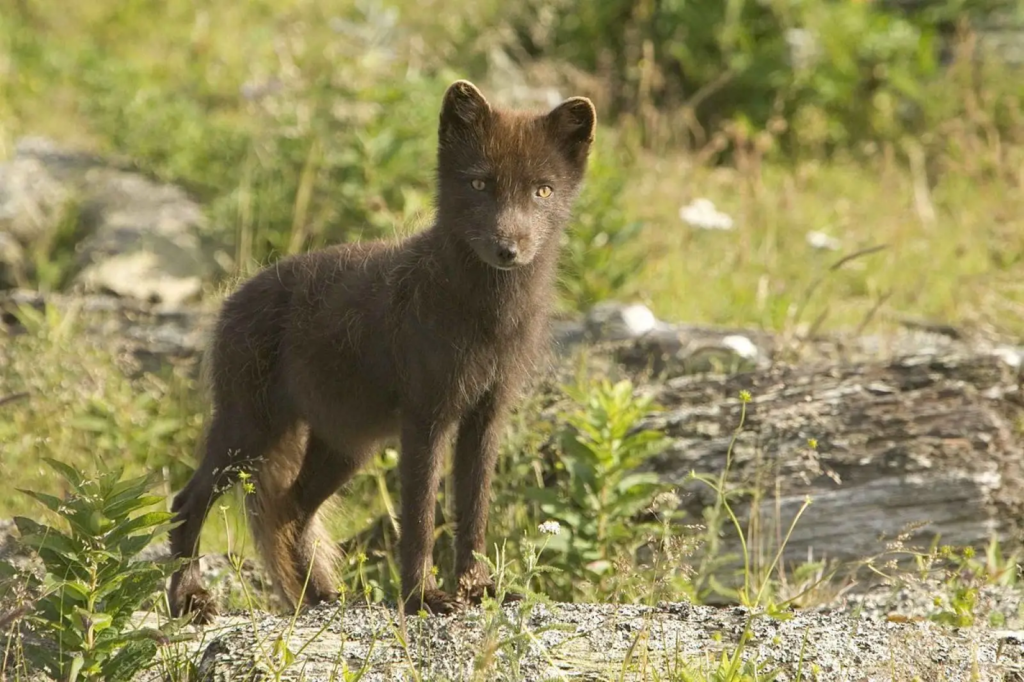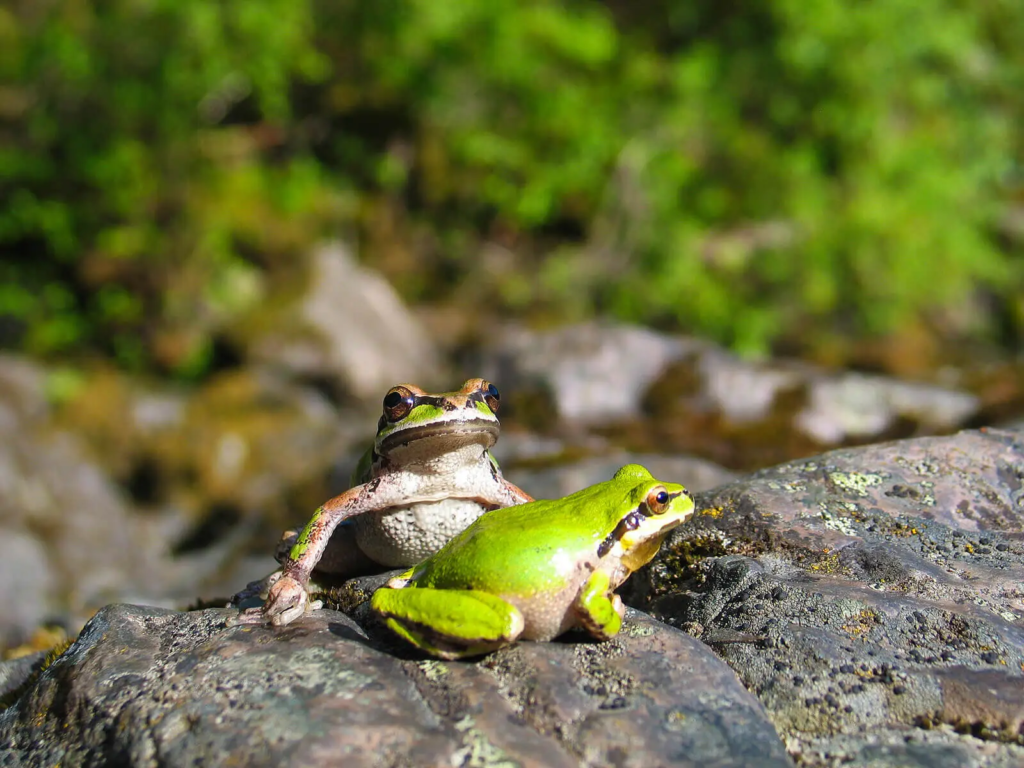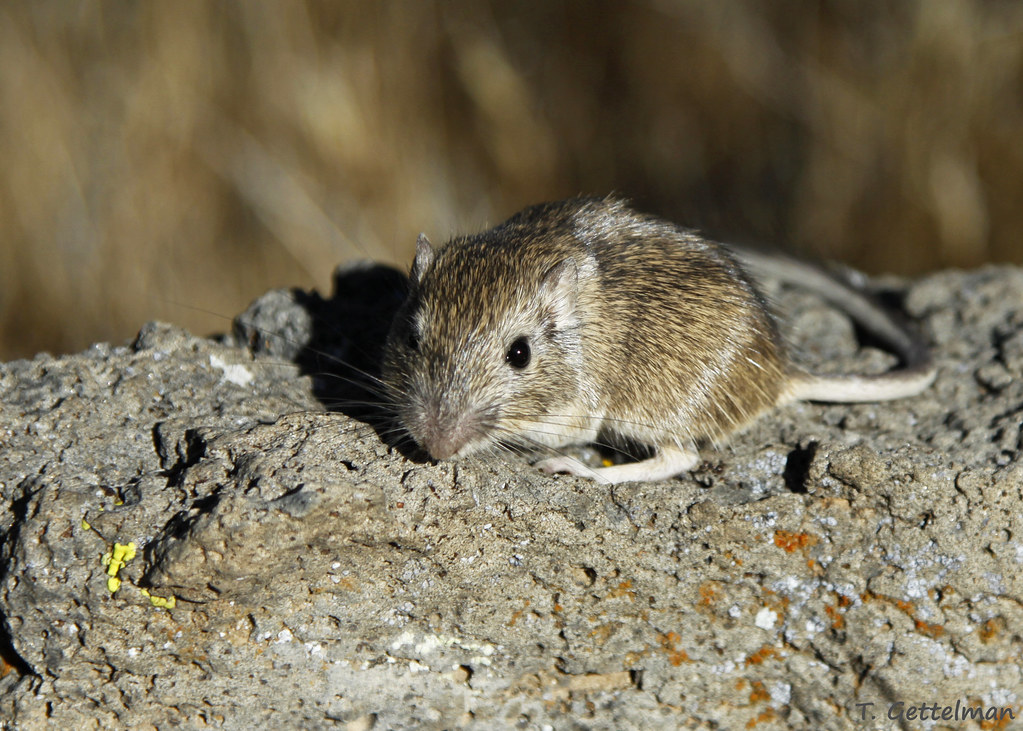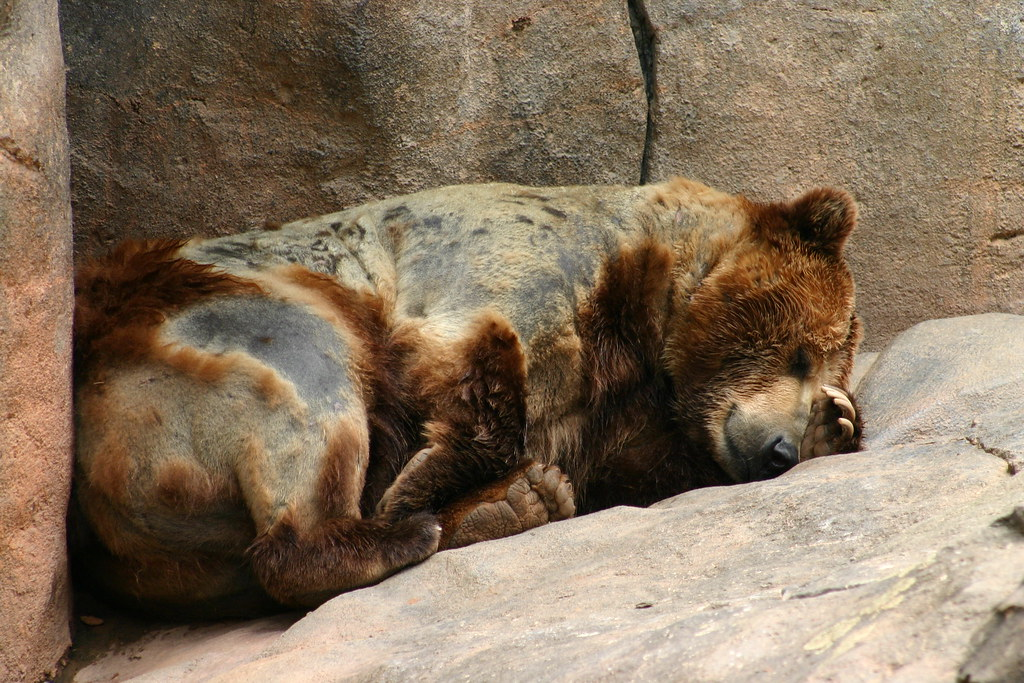1. Shifting Migration Routes

Migration is a fundamental behavior for many animal species, yet rising temperatures and unpredictable weather patterns are forcing many of them to adapt their migration routes. According to a study published in Oxford Academic, the black-throated blue warbler are shifting their migration northward to find cooler climates as the traditional habitats they rely on become warmer. This shift is particularly noticeable as the migration season changes and species alter their arrival and departure times to match new environmental cues. These adjustments to migration routes may seem small, but they have significant long-term impacts on ecosystems. Not only do they affect the species themselves, but they also disrupt the food sources that these animals rely on during their journeys. The arrival of species in new areas can introduce competition with native animals and alter local biodiversity. Moreover, this shift could result in mismatches between animal migrations and the availability of food, as well as increase the likelihood of exposure to new predators or pathogens.
These changes in migration patterns also affect reproduction, as animals may arrive too early or too late to find suitable mates. Over time, these adjustments could force animals to evolve in ways that help them thrive in their new environments. Understanding how these migration changes unfold is crucial to assessing the broader ecological impacts of climate change. Species that can adapt quickly may survive, but those that can’t keep up with the pace of change could face extinction. This ongoing evolution in migration patterns is a stark reminder of the pressures climate change is placing on wildlife.
2. Changes in Coat Color and Thickness

As temperatures rise, animals are evolving to better cope with the changing climate, and one of the most noticeable changes is the adaptation of coat color and thickness. Species in colder regions that traditionally have thick, white fur, such as the Arctic fox, are now showing changes in their pelage. Arctic foxes, for instance, are now exhibiting brown fur earlier in the year as the snow melts ahead of schedule. According to National Geographic, this shift allows the animals to better blend into the environment, helping them avoid predators and find food more effectively. As the snow cover decreases earlier, their traditional white fur no longer provides effective camouflage, so the change in color is a vital survival mechanism. This adjustment is not just about avoiding predators; it’s also about maintaining proper body temperature. A thick coat helps animals retain heat, but as temperatures rise, animals need to shed heat to stay cool.
The evolution of thinner or lighter-colored coats allows them to stay comfortable in warmer temperatures and avoid overheating. In some cases, the changes in coat color may occur within a single generation, while in others, these adaptations may take longer to manifest. However, these changes are already visible in many species, offering a glimpse into the future of how animals will evolve in response to climate change. While some animals can make these changes rapidly, others may struggle to adapt, which could threaten their survival. Over time, we may see new coat colors or patterns become the norm in certain regions, reshaping the appearance of species as they respond to climate change.
3. Altered Reproductive Cycles

Climate change is having a profound impact on the reproductive cycles of many animal species, which rely on seasonal cues for breeding. Warmer temperatures are disrupting the timing of these natural cues, forcing animals to adjust their reproduction schedules. According to the BBC Wildlife Magazine, certain amphibians, such as frogs, are breeding earlier in the year due to warmer temperatures, which can throw off the delicate balance of their life cycles. The timing of reproduction is crucial for many species, as it determines when young are born and when they have access to food resources. If breeding occurs too early or too late, offspring may face higher risks due to mismatched food availability or extreme weather events. In some cases, early breeding may expose vulnerable young to frost or unseasonably cold weather, while late breeding might result in a lack of food or suitable environmental conditions.
The altered timing of reproduction could also affect mating success, as animals may miss the optimal time to find mates or reproduce. Additionally, changes in reproductive timing can lead to mismatched synchrony with other species that rely on the same environmental cues. For example, certain insects or plants may bloom at different times, affecting the food availability for animals that rely on them for sustenance. These shifts in reproductive cycles could result in a cascade of effects throughout ecosystems, potentially leading to the decline of certain species and the disruption of food webs. Over time, animals that cannot adapt to these new reproductive pressures may face extinction, further accelerating biodiversity loss in the face of climate change.
4. Genetic Adaptation to New Temperatures

As the climate warms, some species are undergoing rapid genetic changes to adapt to their new environments. One striking example of this is the rock pocket mouse, which has evolved darker fur in populations that live in warmer climates, as discussed in a study published in Nature. These mice traditionally had lighter fur to blend in with the light-colored desert sands, but as the landscape shifts and becomes darker, they are evolving darker coats to help with camouflage. This change in fur color is driven by natural selection, as darker-coated mice are less visible to predators, giving them a higher chance of survival and reproduction. The genetic adaptation of these mice is occurring at a remarkable speed, with darker fur appearing in just a few generations.
This rapid genetic change highlights the ability of species to adapt to environmental pressures, especially when survival depends on blending into a changing landscape. In the case of the rock pocket mouse, this adaptation could be a matter of life and death as they face new challenges brought on by climate change. As temperatures continue to rise, we can expect to see more species undergoing similar genetic changes to cope with their shifting environments. However, not all species are able to adapt as quickly, and those that cannot may struggle to survive in the face of rapidly changing conditions. These genetic adaptations are a testament to the resilience of nature, but they also underscore the fragility of ecosystems as animals attempt to keep pace with the changing climate.
5. Behavioral Shifts in Response to Changing Seasons

In addition to physical and genetic adaptations, animals are also altering their behaviors in response to the changing climate. Many species are adjusting their daily and seasonal routines to cope with warmer temperatures and unpredictable weather patterns. According to Earth, some bear species are hibernating earlier and for longer periods due to warmer winters that disrupt their food availability. The extended hibernation period allows bears to conserve energy, but it also means they spend more time in a dormant state, which could have long-term consequences for their health and reproduction. Similarly, some species of deer are altering their feeding times, adapting to the fluctuating availability of food that results from irregular weather patterns. These behavioral changes are not always immediate but develop over time as animals learn to respond to new environmental cues.
While these adaptations may help animals survive in the short term, they could have long-term consequences for their fitness and ability to thrive. For example, changes in feeding times could affect the social structure of certain species or disrupt predator-prey relationships. Additionally, animals that alter their behavior in response to temperature fluctuations may inadvertently expose themselves to new risks, such as predators or disease. Over time, these behavioral shifts could lead to evolutionary changes that better align with the new climate conditions. However, not all species are capable of adapting in this way, and those that fail to adjust may face diminished survival prospects.
6. Increasing Resistance to Disease

Climate change is not only altering ecosystems and habitats but is also driving the spread of diseases into new regions. Warmer temperatures are creating more favorable conditions for disease-causing organisms like bacteria and viruses, forcing animals to evolve stronger immune systems to combat these threats. Insects, such as mosquitoes, are expanding their territories as they thrive in warmer climates, carrying diseases like malaria and dengue fever to regions that were once too cold for them to survive. As a result, certain animal populations are evolving new immune responses to better resist these diseases. For example, some animals are developing greater resistance to pathogens that are spread by these expanding insect populations. These immune adaptations are critical for survival, as they allow animals to fight off infections that were once rare or non-existent in their regions.
However, not all animals are able to evolve at the same pace, and those that cannot develop immunity may face higher mortality rates as diseases spread. These evolutionary changes in immune systems are happening at a rapid pace, as species must quickly adapt to the changing health threats posed by warmer climates. As disease outbreaks become more common and widespread, animals that evolve to resist them may have a significant survival advantage. Nevertheless, climate-driven disease spread is a growing concern for global biodiversity, as it threatens species that are already struggling to adapt to environmental changes.
7. Adaptations to Drought and Water Scarcity

Droughts and water scarcity are becoming more frequent and intense as the climate warms, forcing animals to adapt in creative ways to find water and conserve energy. Kangaroo rats, native to desert regions, provide a fascinating example of such adaptations. These rodents have evolved to survive without ever drinking water, relying instead on metabolic water produced from the food they eat. By extracting moisture from seeds and other foods, kangaroo rats are able to avoid the need for external water sources, which is especially important in regions where water is scarce. This remarkable adaptation has allowed them to thrive in some of the driest environments on Earth. Similarly, other desert-dwelling species have evolved specialized behaviors and physiology to conserve water, such as reducing activity during the hottest parts of the day or storing water in their bodies for later use.
These adaptations are essential for survival in increasingly arid conditions, and they highlight the resilience of species to extreme environmental challenges. As climate change accelerates desertification and water becomes even more scarce, animals with these adaptations will have a better chance of survival. However, species that lack such adaptations may struggle to cope with the rising temperatures and diminished water resources. Over time, the evolution of water-conserving traits could become a defining characteristic of species that continue to thrive in arid regions.
8. Changing Predation and Feeding Patterns

As climate change alters the availability of food and resources, animals are adjusting their predation and feeding patterns in response to these changes. Many predator species are evolving new physical traits, such as longer beaks or sharper claws, to help them catch prey that has shifted to different areas due to changing environmental conditions. These new feeding strategies help predators maintain their place in the food chain, but they may also lead to new competition and altered predator-prey relationships. For example, if prey species migrate to new regions or become less abundant, predators may have to adjust their hunting techniques or seek out new food sources.
This could create a ripple effect throughout the ecosystem, as species that rely on certain prey may be forced to adapt or face population decline. Additionally, some animals are altering their feeding habits, shifting from a diet of one type of food to another as available resources change. These shifts could have profound impacts on food webs, potentially leading to the decline of certain species or the rise of new ones. Over time, these changes in feeding and predation patterns may lead to the evolution of new species or the decline of others. As the climate continues to shift, animals will need to adapt to new food sources and altered ecosystems in order to survive.


